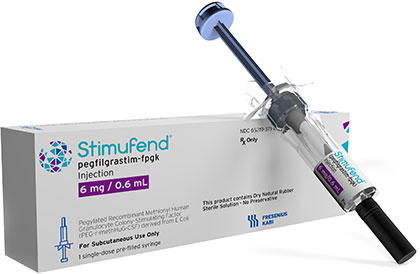Benefits Investigation
Once a patient is enrolled, KabiCare conducts the benefits investigation on behalf of the patient to confirm insurance coverage details. The information is provided to you, your practice, and your patient to aid in patient access.
Prior Authorizations Support
If a prior authorization is required by insurance, the Patient Support Guide will alert your office of the requirement and confirm the submission method preferred by the payer. The Patient Support Guide will work closely with you and your staff to ensure the appropriate information is shared with the payer.
Claims Appeals Support
Should a claim or prior authorization be denied, a KabiCare Patient Support Guide will assist as you prepare the documentation needed to support an appeal.
Obtaining a determination from the insurance company is sometimes delayed for any number of reasons. Field Reimbursement Managers will be available to help identify and overcome obstacles in an effort to prevent any further delays.
Billing and Coding Support
KabiCare has developed reimbursement resources for STIMUFEND® (pegfilgrastim-fpgk) treatment to help you submit claims and understand eligibility for reimbursement.*
Bridge to Therapy Program Enrollment
The Bridge to Therapy Program provides commercially insured patients access to treatment without delay while they are waiting for insurance approval. Eligibility criteria apply**.
**Eligibility criteria apply. Patients are not eligible for commercial copay assistance or Bridge to Therapy support if the prescription is eligible to be reimbursed, in whole or in part, by any state or federal healthcare program.
